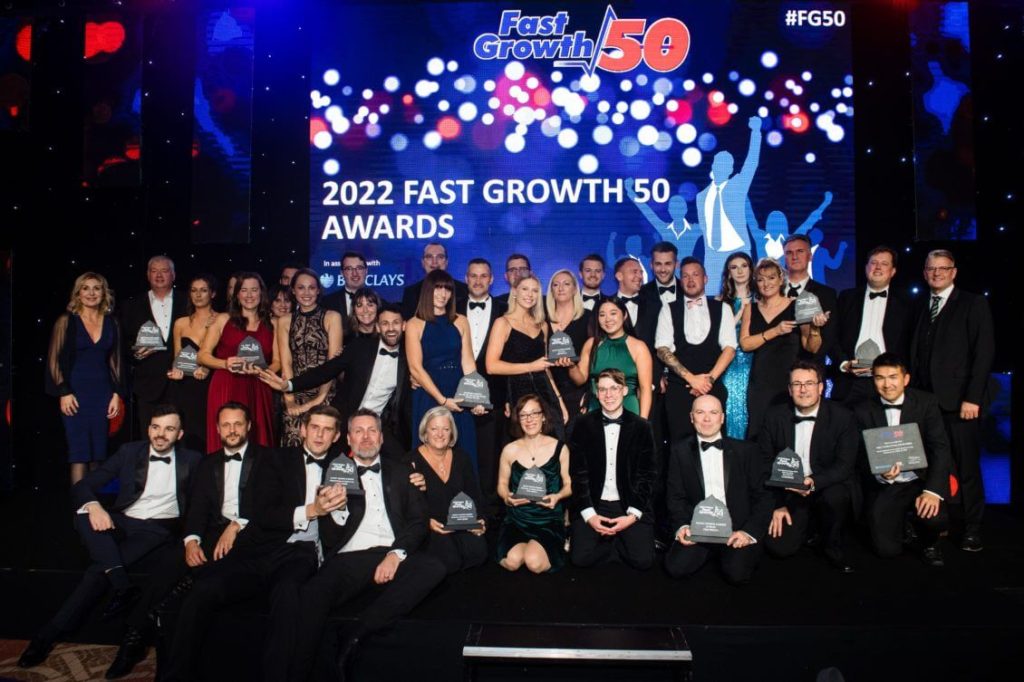Here we look at how the cost-of-living crisis affects Food & Drink businesses specifically, what impact this may have on your business over the next few years, and how you can overcome these challenging conditions to ensure your company stays competitive and successful.
The cost-of-living crisis is hitting hard across all economic sectors, but food and drink businesses are particularly vulnerable. The UK’s food industry employs some 1.4 million people and generates around £1 trillion in sales annually, making it one of the country’s most valuable sectors – yet this market is facing some big challenges because of rising costs. Here we look at how the cost-of-living crisis affects Food & Drink businesses specifically, what impact this may have on your business over the next few years, and how you can overcome these challenging conditions to ensure your company stays competitive and successful.
The cost-of-living crisis
The cost-of-living crisis is a long-term problem, with the effects being felt across every industry. It’s no longer just about food and drink businesses seeing their costs increase.
Businesses are also facing rising costs in areas such as transport, utilities, and wages to offset inflationary pressures. These factors have led many businesses to act over recent months by raising prices or reducing staff numbers which may result in fewer people being able to afford your products or services.
To protect yourself against these challenges it’s important that you’re aware of how they affect your business so that you can plan accordingly.
How will the cost-of-living affect Food & Drink businesses in the years ahead?
As the cost-of-living increases, food and drink businesses will need to find ways to cut costs and increase revenue.
- Make your products more affordable. If you can’t reduce the price, add something else for free. This could be a sample or a takeaway box that’s thrown in for free when you buy one meal.
- Switch your packaging from plastic containers to paper bags or cardboard boxes. You’ll save money on packaging materials and transport costs (if any). The only downside is that customers might not like this change if they’re used to getting their food wrapped up in easy-to-dispose-of plastic bags instead of paper ones! But think how much good it’ll do for the environment!
- Increase sales: Offer discounts to customers who buy large orders of your product. If they’re buying a lot, they’ll need somewhere to store it all!
How to overcome challenging conditions
In these challenging times it’s important to look at your business model and operations and see where you can reduce costs.
When it comes to the cost-of-living crisis, one of the things that businesses should be looking at is how they work with their suppliers. For example, if you are getting a lot more orders than usual then it can be good practice to negotiate longer payment terms with your suppliers as well as asking for discounts.
Another area that companies need to focus on is alternative sources of income. This could mean doing more research about different types of products or services that may be available in your market which could bring in more profits or even opening up new markets completely!
Food and drink businesses are particularly vulnerable.
Some food and drink businesses have struggled to keep up with rising costs by cutting staff hours and reducing wages. Others have chosen to raise prices or introduce subscription models; however, these can work against you if they damage your brand image or drive away existing customers.
This leaves many business owners wondering: how can I continue making money from my business in an increasingly competitive market?
Fortunately, there are some ways that you can use technology to keep your customers happy while also increasing profits for your business—and we’ll get into those now!
Use technology to…
1. Support your customers with customer service. There’s no doubt that the food and drink industry is one of the most labour-intensive industries there is, so it’s important for you to use technology as a way of saving money on staff costs. A good example of this is using chatbots in customer service roles. Chatbots can be programmed to answer frequently asked questions (FAQs) about your business or even provide real-time support when something goes wrong during an order—such as if an item runs out of stock or there are issues with payment processing.
2. Improve productivity and efficiency.
There are many ways you can use technology to improve productivity in your business—such as using apps that allow customers to order their food and drinks from their phones or websites (like UberEATS). This makes it easier for people who are already at work or out of the office because they can just send an order through instead of having to call somebody up or walk over to a physical location.
3. Boost your marketing efforts.
Technology can be a great way to boost your marketing efforts by giving you access to more data and enabling you to reach more customers than ever before. You can use data from your website to improve your marketing strategy, target new audiences and better understand what your customers want.
4. Make things more convenient for people.
One of the main benefits of technology is that it makes things easier and more convenient for people—such as when you can order food online or pay with a card instead of cash at a restaurant.
This new reality means that food and drink businesses need to adapt rapidly, but they also have the potential to grow and prosper in this new economic environment.



























